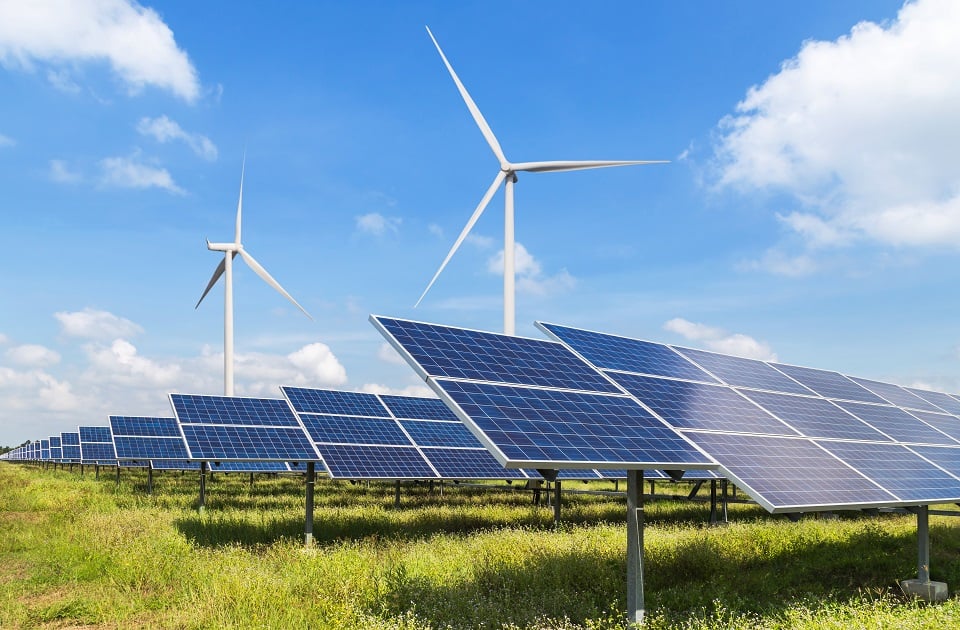
Electricity generated by renewable technologies increased by 6.5% in 2024, accounting for a 50.8% of the UK’s electricity generation.
The annual Energy Trends report from the Department of Energy Security and Net Zero (DESNZ) shows that electricity generation from renewable technologies reached a record 144.7TWh, accounting for more than half of generation for the first time ever.
Fossil fuel generation dropped 16%, accounting for 31.5% of electricity generation, reaching levels that DESNZ said were last seen in the 1950s. This was due to a 15% fall in gas generation and the cessation of coal-powered generation in the latter half of the year.
Overall dependency on fossil fuels in 2024 – including heating, transport – was down 1.9% compared to 2023 and, at 75%, was a record low since the Energy Trends reports have been published.
Total electricity generation in the UK was down, which fell by 2.6% to 285TWh. This followed a drop in 2023 that brought generation to the lowest value since 1983. Electricity demand was up, but this was met through imports.
Net electricity imports rose 40% in 2024, reaching a record 33.4TWh.
Renewable electricity generation
In 2024, slightly higher average wind speeds than the year preceding, combined with increases in capacity, saw electricity generated by wind rise 2.1% to a record 84.1TWh. The share of total generation by onshore and offshore wind was 29.5%, a 1.4% increase on 2023.
Solar generation increased by 6.5% to 14.8TWh, a new record high in the period recorded by the government. This is the result of increased capacity, meaning an increase despite the fact average daily sun hours were lower in 2024 than the year preceding.
DESNZ also recently announced that the UK had surpassed 18GW of solar capacity. The 1.6GW added in 2024 was the largest added since 2016.
Renewable capacity added in 2024
The total increase in renewable energy capacity across 2024 was 4.2GW, the highest since 2017. DESNZ said that since 2020, offshore wind has represented almost half of yearly new capacity, with solar PV accounting for 32% and onshore wind for the bulk of the remainder.
While offshore wind sites are large in scale and thus few in number, the growth in solar PV has been dominated by installations under 50kW, including 147,000 new domestic installations in 2024.
The full version of this article was originally published on our sister publication, Current± News.

